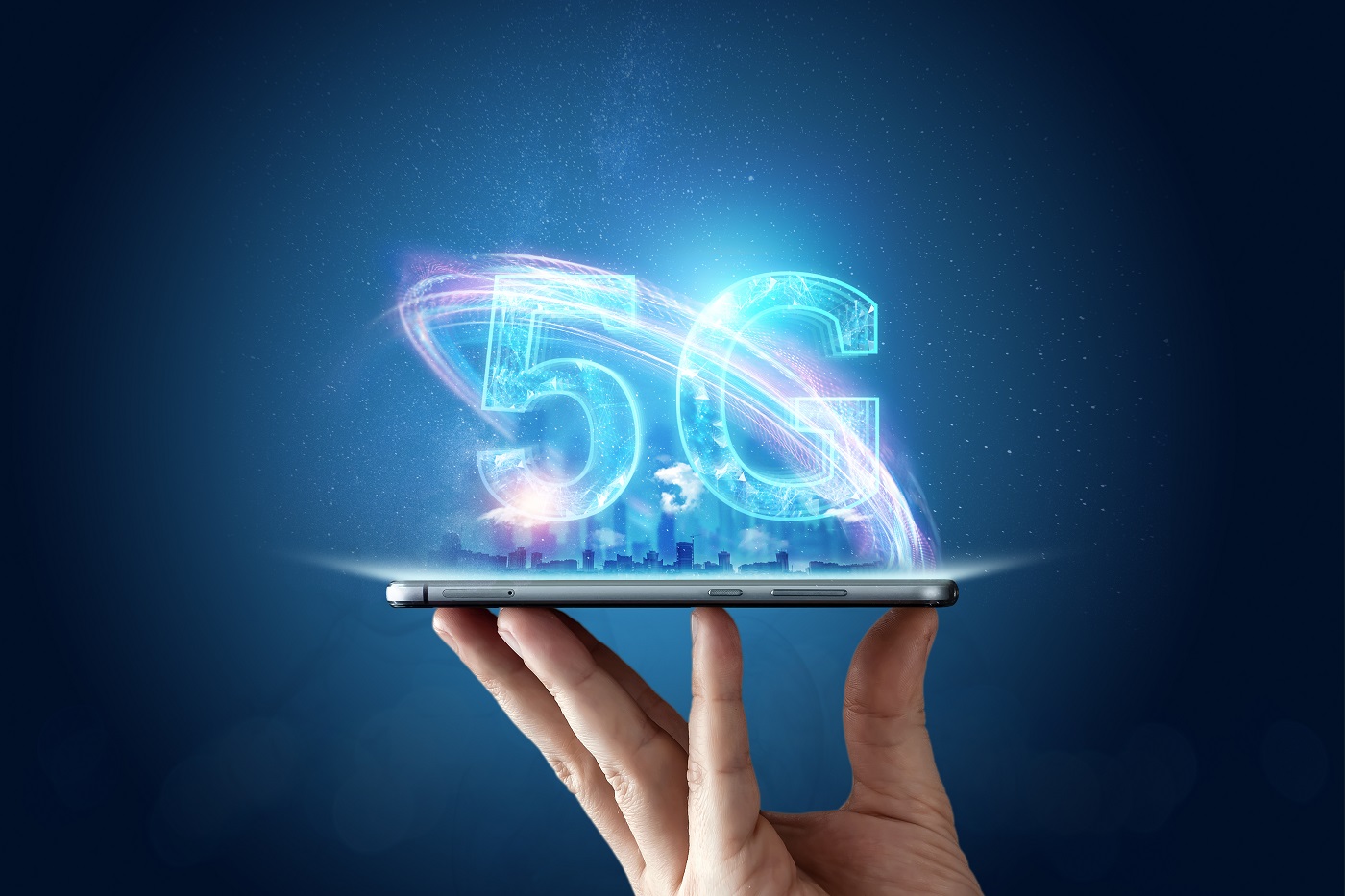
The hype surrounding 5G is incredible. And why shouldn’t it be?
This technology may power our future cars, smart medical equipment, smartphones, and so much more. Like any emerging technology, however, certain myths are associated with it.
Let’s debunk some 5G monetization myths for you, shall we?
Contents
Myth 1: It’s just 4G 2.0
Wrong!
To think about 5G as merely an upgraded version of 4G is not justified. Granted that it’s much faster than its predecessor, 5G is so much more than just speed!
For starters, it offers real-time interconnectivity. Its Ultra-Reliable Low-Latency Communications (or URLLC) allows for almost instantaneous connections. That’s an incredibly vital feature to have in applications where connection reliability means life and death.
Can you think of any such use cases?
How about remote driverless cars powered by 5G? or perhaps remote surgeries where real-time, robust connectivity has massive consequences. You, see?
5G is more than just The Flash in a red suit with a lightning bolt on its chest (no offense to Barry Allen!). URLLC solves prevalent latency issues in 4G and more.
Myth 2: IoT isn’t possible without 5G
This is another prevailing misconception of 5G monetization. Since one of the most popular use cases of 5G (besides the ones mentioned before) is the Internet of Things (IoT), people assume IoT won’t happen without 5G.
Though IoT necessitates the low latency discussed above and high processing capabilities of 5G, not all IoT use cases require it. Heena Purohit, a senior product manager at IBM Watson IoT, specifies many such applications.
Those include:
- Leak detection
- Space monitoring
- Smart parking
- Vibration sensors on equipment
IoT experts, therefore, shouldn’t shy away from developing solutions for these specific use cases that don’t need 5G intervention.
Myth 3: 5G will solve network congestion
This is what people thought about 4G too. The truth is, however, 5G is likely to increase network congestion. How?
Let’s say you had a two-bedroom, tiny house. But after learning that you’re soon going to be a parent, you added two more rooms to your existing home, as per law.
How long do you think those rooms will remain empty?
Not long before, it will be occupied with furniture like other rooms, too. You see that on highways all the time. Adding another lane does not eliminate traffic congestion because more people start using the lane because of the demand.
By that same logic, when more bandwidth is available to people, the consumption naturally rises. It was observed soon after 4G was launched too.
Myth 4: 5G will be primarily used in smartphones
Apparently, most 5G myths are centered on its use cases. Many believe that 5G is solely a smartphone technology when this couldn’t be further from reality. There are many possible applications.
According to a report by Ericsson, 43% of people doubt that today’s smartphones (the ones with the latest iPhone model) can fully leverage 5G. Plus, they expect other 5G-powered devices such as smart glasses, 360-degree cameras, foldable screens, etc.
The Bottom Line
In recent years, 5G monetization has been a constant subject of debate. Naturally, the more the opinion, the greater the probability of misconceptions or myths. Nevertheless, by demystifying these myths through facts, we hope this article will help you make an informed decision. To know more, check out the range of products STL offers.















